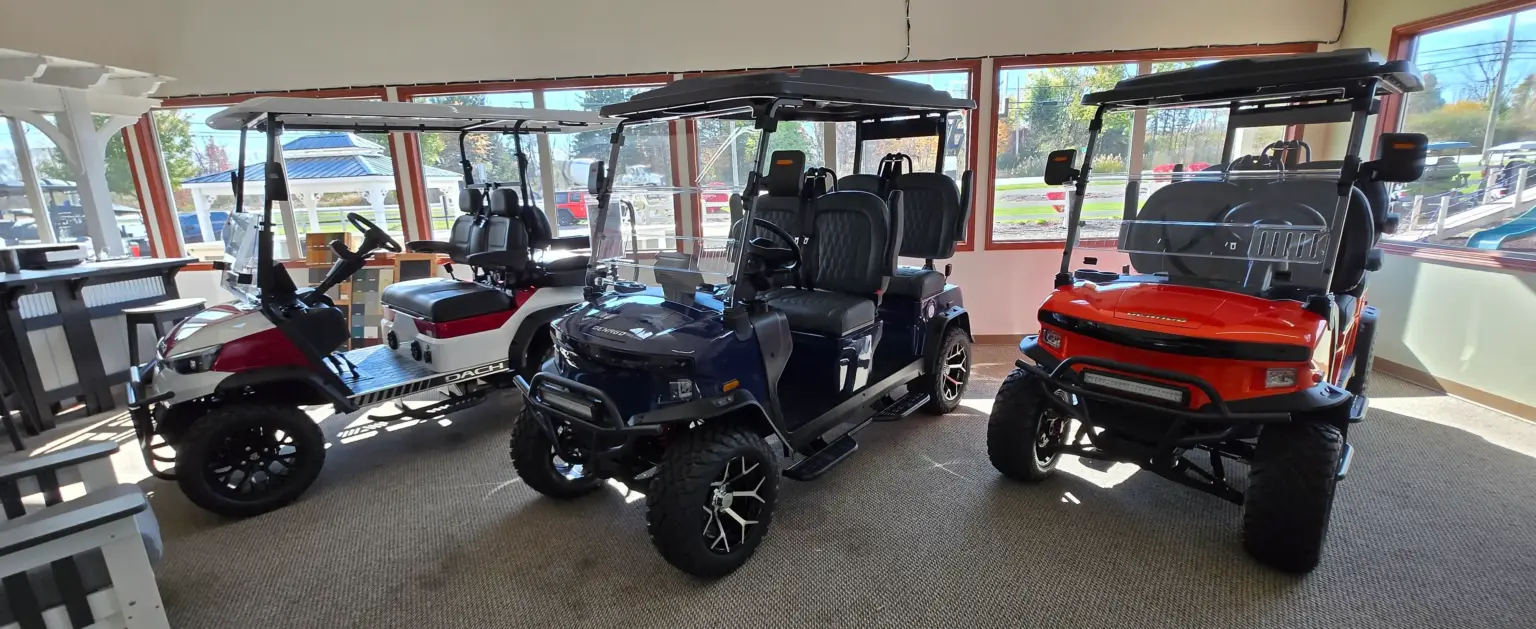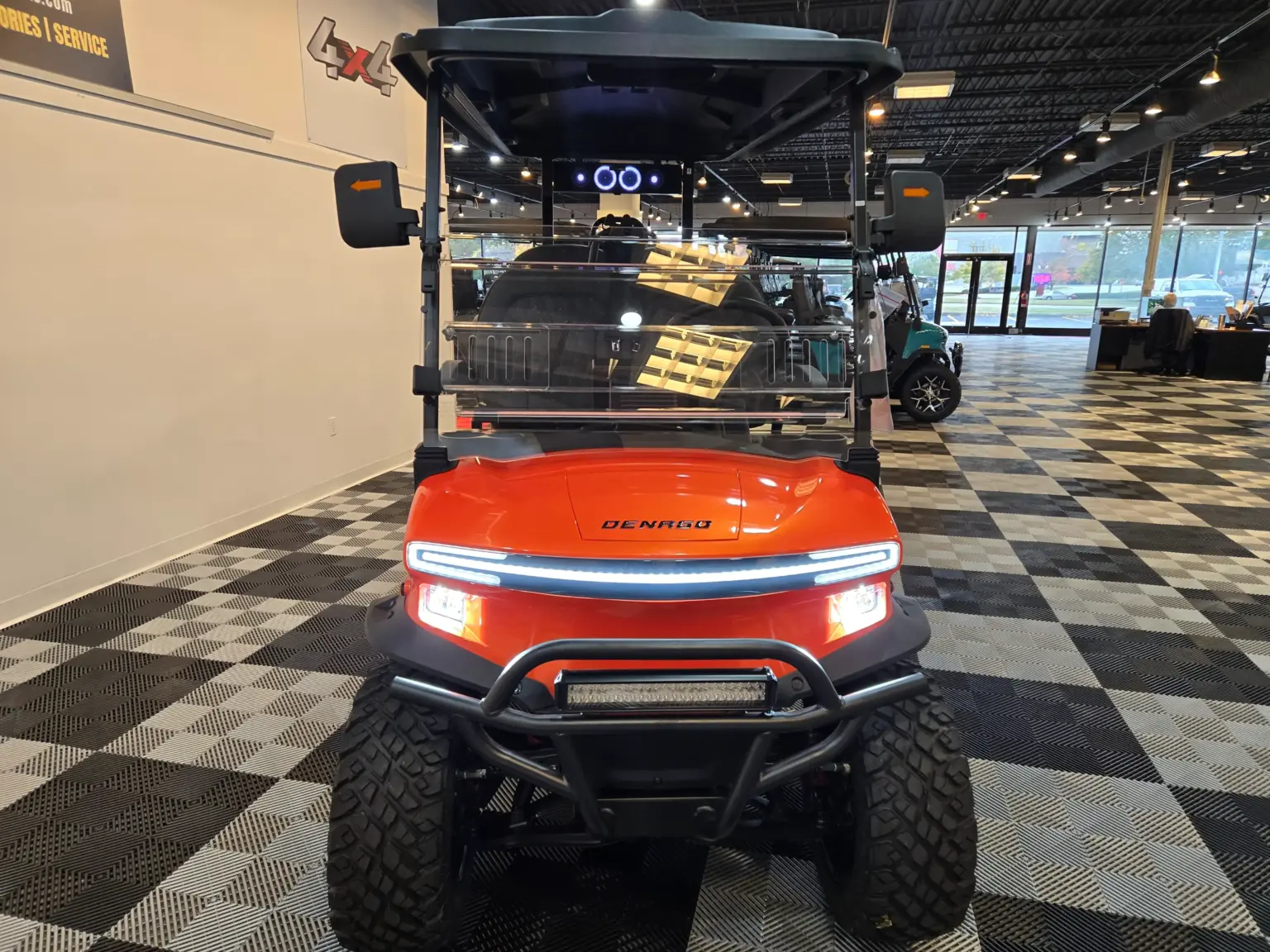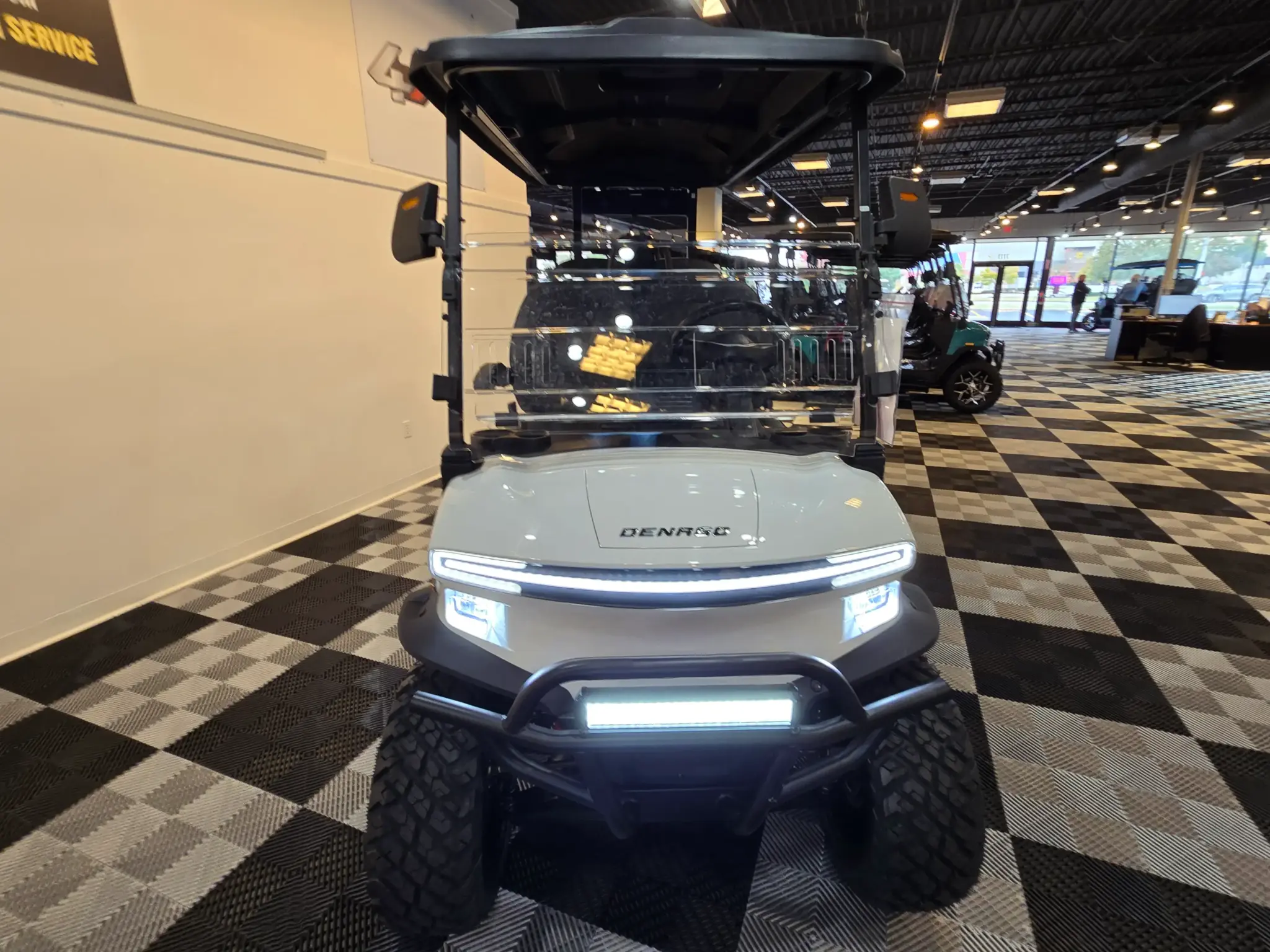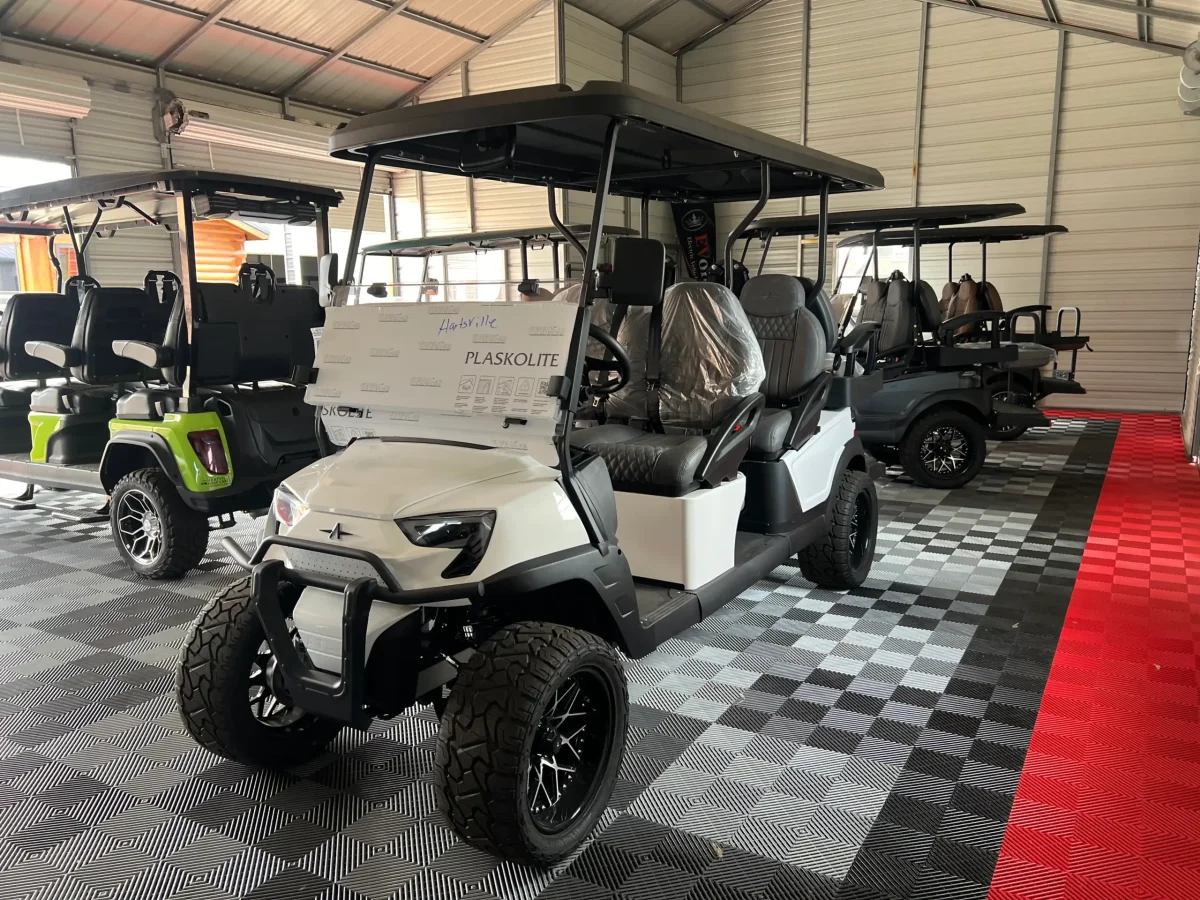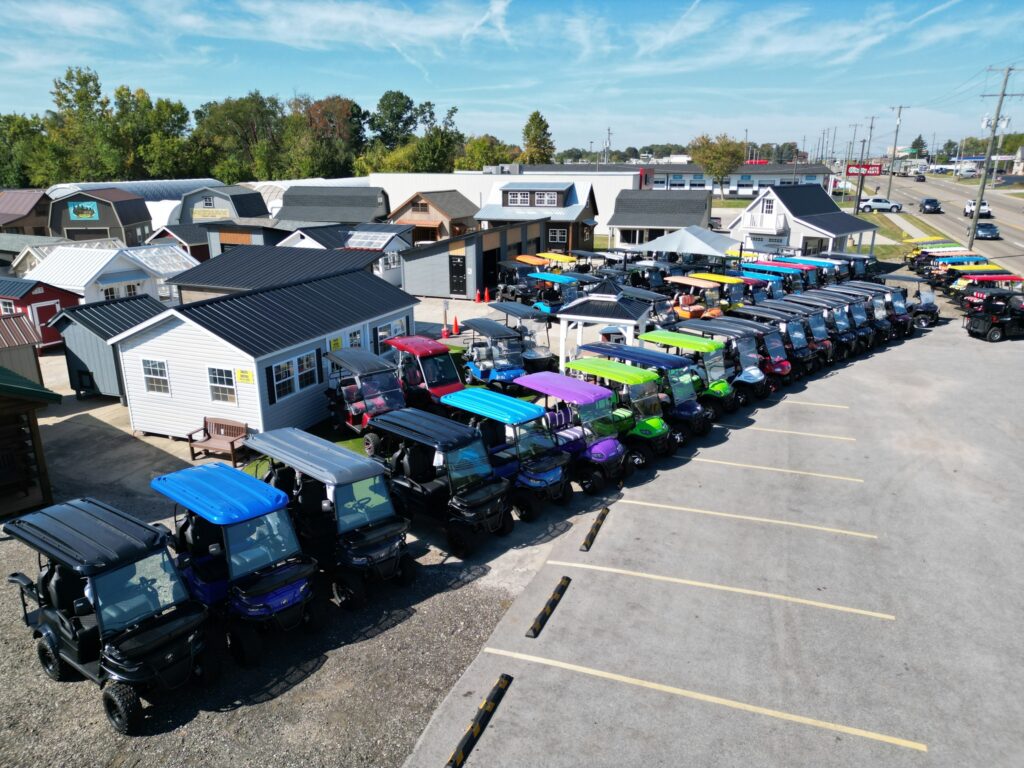As e-bikes become more common on streets, trails, and bike paths, questions about their classification have started to rise. Among the most debated is this one: Are e-bikes motorized vehicles? The answer may seem obvious because they have motors, but the reality is a bit more nuanced. Legal definitions vary from state to state, and the difference between an e-bike and a traditional motorized vehicle can determine where you can ride, whether you need a license, and what kind of insurance may apply.
Understanding whether e-bikes are motorized vehicles isn’t just a matter of semantics. It shapes public policy, local infrastructure, safety guidelines, and how law enforcement treats e-bike riders. For owners and potential buyers, it also influences what kind of bike you should purchase and where you’ll be allowed to ride it.
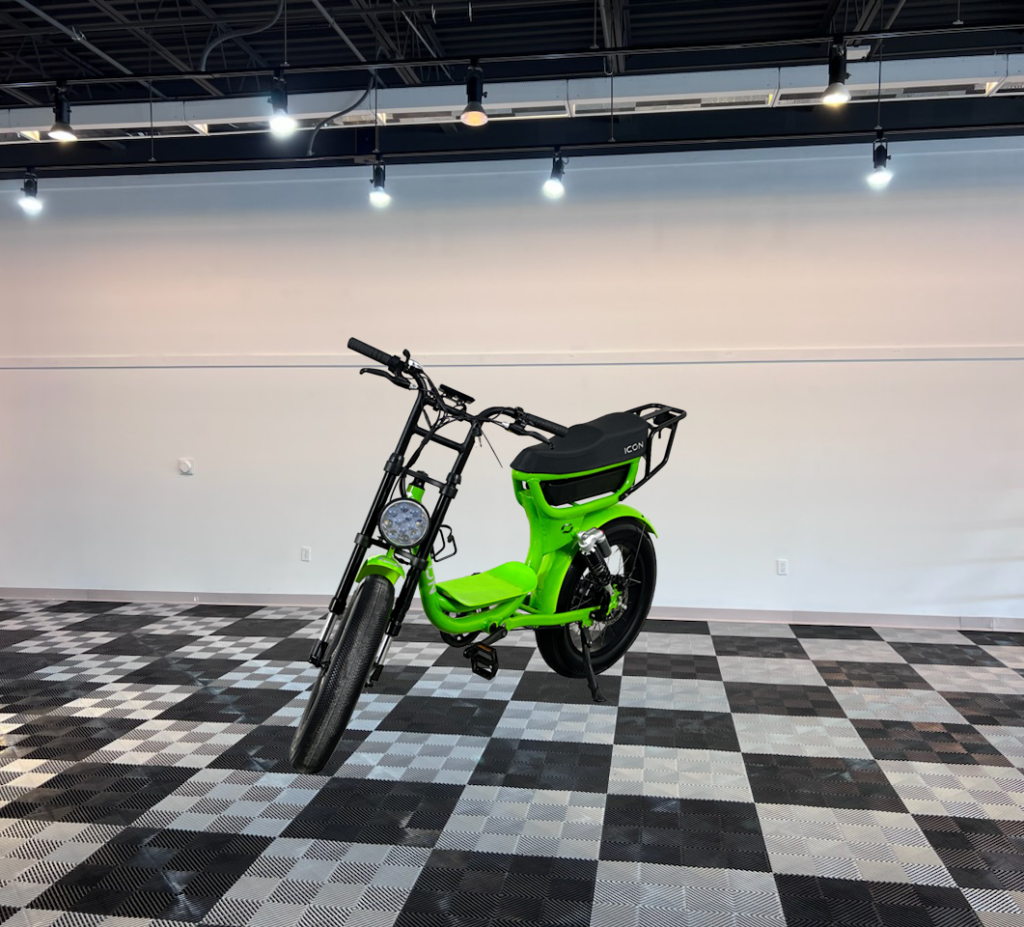
E-Bikes Do Have Motors—But That’s Not the Whole Story
Electric bikes use battery-powered motors to assist with pedaling or propulsion. The key word here is assist. Unlike scooters or mopeds, most e-bikes rely on a combination of human power and motor support. Pedal-assist bikes, for example, require the rider to actively pedal before the motor kicks in. Throttle-based e-bikes, which don’t require pedaling, are often subject to stricter classifications.
Because e-bikes do contain motors, it’s understandable that many people assume they fall under the same legal category as gas-powered vehicles or mopeds. But that’s not always the case. The U.S. federal government, along with most state governments, classifies e-bikes in their own category—separate from motorcycles, mopeds, or scooters.
According to the Consumer Product Safety Commission, a bicycle with a motor that does not exceed 750 watts and is limited to a maximum speed of 20 mph when powered solely by the motor is not treated as a motor vehicle under federal law. That classification exempts it from the requirements applied to motorcycles, including license plates, registration, and driver’s licenses.
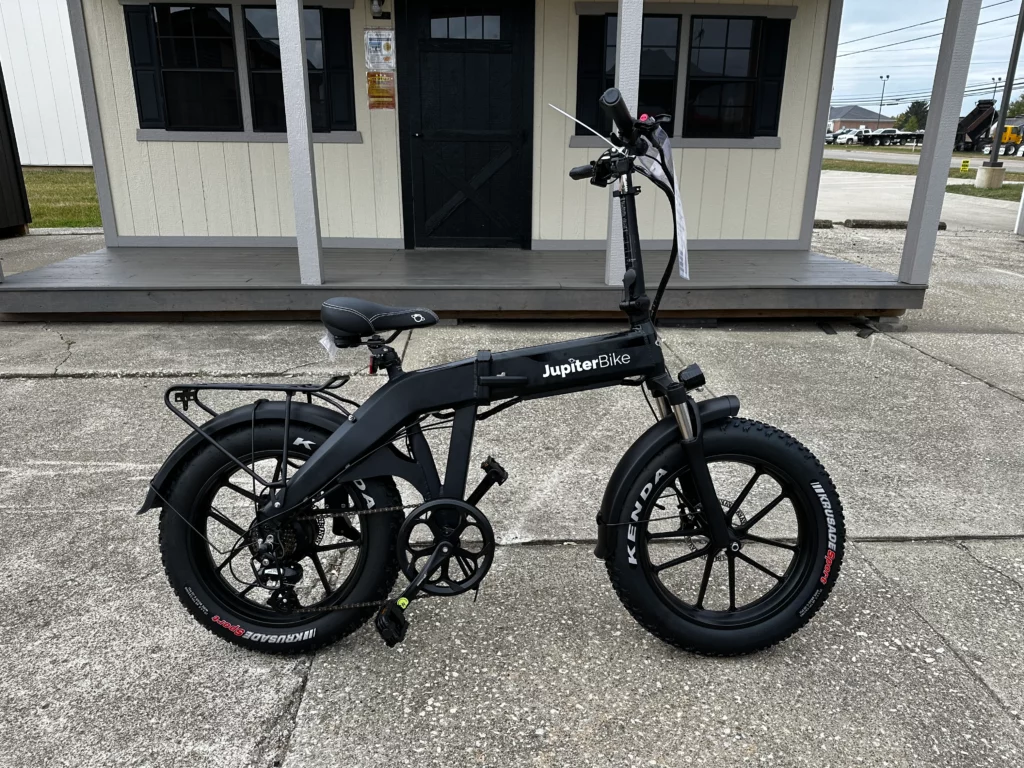
How States Classify E-Bikes
Although federal law sets the stage, states are responsible for traffic laws and vehicle classifications. This has led to a patchwork of definitions across the country. Some states use a three-class system to differentiate between types of e-bikes:
- Class 1 e-bikes provide pedal assist only and have a top assisted speed of 20 mph.
- Class 2 e-bikes include a throttle but are also limited to 20 mph.
- Class 3 e-bikes offer pedal assist up to 28 mph and may be restricted from certain bike paths or trails.
In many states, Class 1 and Class 2 bikes are treated similarly to conventional bicycles, which means they can typically be used on bike lanes, bike paths, and shared trails. Class 3 bikes are often subject to additional restrictions, especially in urban areas and on recreational trails.
Because states like Ohio, Florida, and California have adopted this three-tiered approach, riders are encouraged to check local laws. In some jurisdictions, e-bikes are not considered motorized vehicles as long as they meet these criteria. In others, particularly those with no specific e-bike laws, enforcement may fall back on broader definitions of motorized transport.
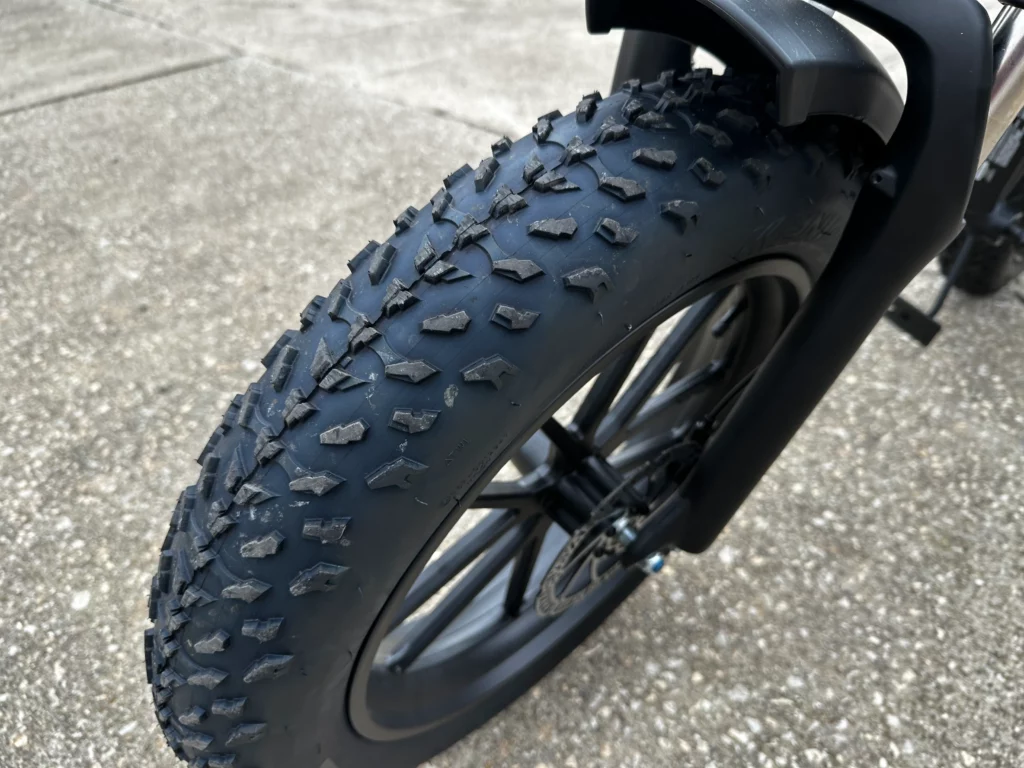
Motorized vs. Mechanically Assisted: Why the Language Matters
When lawmakers and transportation departments discuss e-bikes, the terms “motorized vehicle” and “mechanically assisted bicycle” carry distinct legal weight. A motorized vehicle, under most laws, refers to something that requires licensing, registration, and insurance. These vehicles often include mopeds, motorcycles, and cars.
A mechanically assisted bicycle, on the other hand, typically refers to a bicycle that includes a motor for support—but not one that replaces human effort entirely. This is the category into which most e-bikes fall. The distinction allows e-bikes to benefit from looser regulation, easier access to bike infrastructure, and exemption from vehicle-related taxes or inspections.
This distinction becomes important when determining where you can ride. Some trails and public spaces prohibit motorized vehicles for environmental or safety reasons. Because many e-bikes don’t meet the legal threshold for being classified as such, riders are often still allowed in these areas—though restrictions may still apply to Class 3 or throttle-based bikes.

Do You Need a License to Ride an E-Bike?
For most e-bike riders, the answer is no. As long as your e-bike meets federal and state guidelines—usually under 750 watts and with a maximum assisted speed of 20 to 28 mph—you do not need a driver’s license or vehicle registration. This sets e-bikes apart from mopeds and scooters, which often require both.
However, some states have age restrictions, helmet requirements, or limitations on where higher-speed e-bikes can be used. These laws reflect the increasing power and capabilities of today’s electric bikes. Class 3 e-bikes, which reach higher speeds, are occasionally restricted to roadways or multi-use paths and may not be allowed on sidewalks or certain recreational trails.
If you plan to ride in a different state or community, it’s worth checking ahead. Some cities have stricter ordinances, especially in dense urban areas or near parks and schools. By understanding the local classification of your e-bike, you can avoid fines or confusion while riding legally and safely.
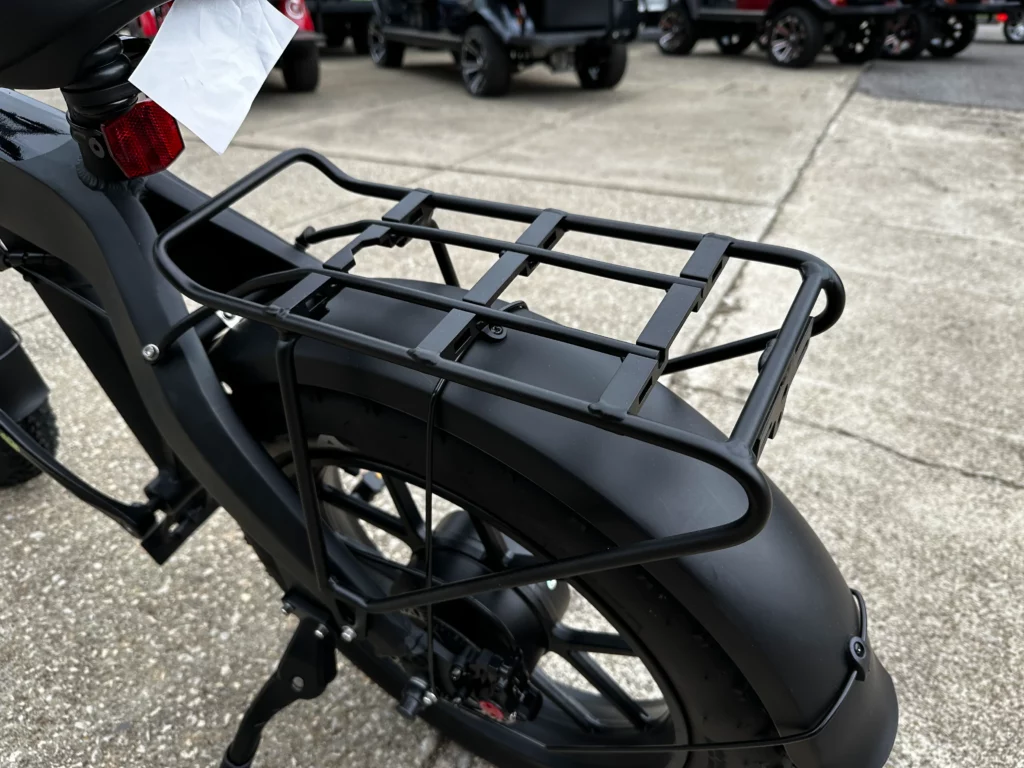
How E-Bikes Compare to Other Motorized Vehicles
When asking are e-bikes motorized vehicles, it’s helpful to consider how they compare to similar machines. Motorcycles, for instance, are fully motor-powered, often travel at highway speeds, and require full licensure and insurance. Mopeds sit somewhere in the middle, offering speeds of 30 to 45 mph and limited pedal functionality. Most jurisdictions require moped riders to carry insurance and wear helmets.
E-bikes sit below both of these in terms of speed and power. While they include a motor, their operation depends on human input—at least for Class 1 and Class 3 models. Their moderate speed, quiet operation, and low environmental impact make them ideal for city travel and local commuting. Riders can park them like bicycles, carry them into apartments, and recharge them using a standard outlet.
From a regulatory standpoint, e-bikes are treated more like bicycles than like scooters or motorcycles. This helps promote their adoption as a clean, efficient form of transportation, and opens the door for use on bike trails, greenways, and shared roadways.
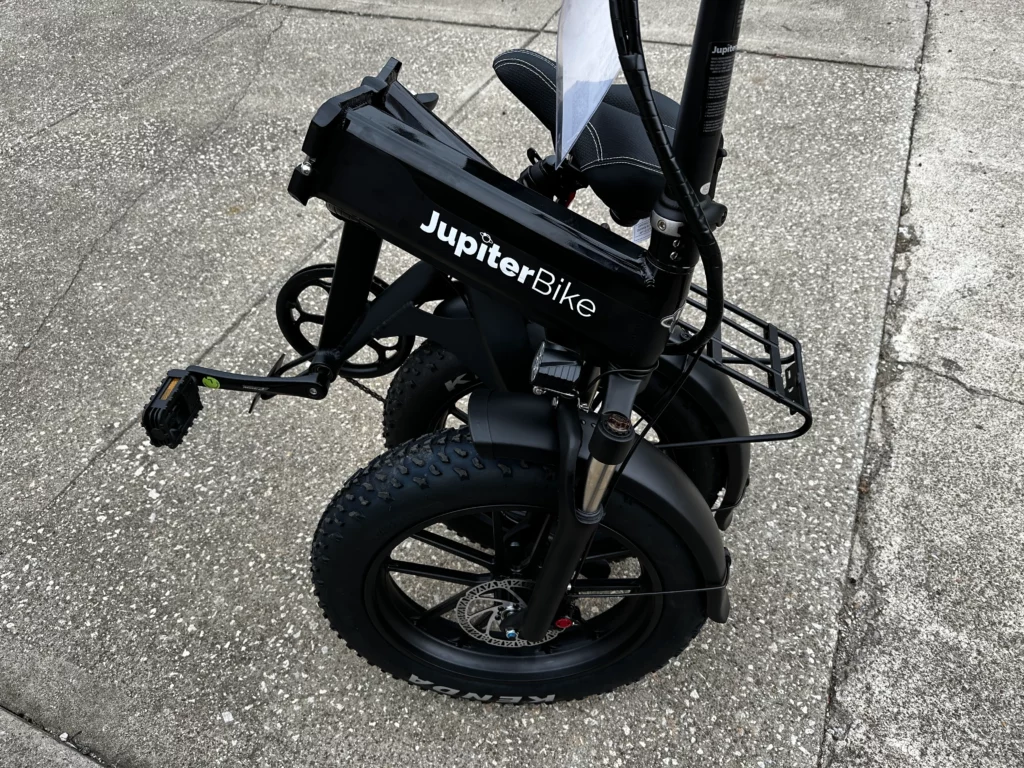
The Future of E-Bike Classification
As e-bikes continue to evolve, their legal classification may shift. Newer models are beginning to blur the line between electric bicycles and small electric vehicles. Some feature dual motors, extended battery packs, or speed modes that push them beyond the Class 3 threshold. Others resemble mopeds in design, with less emphasis on pedaling.
Regulators may need to revisit current definitions to keep pace with innovation. Cities are already adapting their infrastructure to handle the rise in micromobility devices, including e-bikes, scooters, and personal electric vehicles. Whether e-bikes remain in their own category or move closer to motorized vehicle status depends on future laws and public response.
What remains clear is that riders benefit from understanding how their specific e-bike is classified. That knowledge helps you stay compliant, ride safely, and choose the right model for your needs—whether that’s a relaxed cruise through your neighborhood or a daily commute on urban streets.

Conclusion:
So, are e-bikes motorized vehicles? Technically, they do contain motors—but most laws do not treat them as full-fledged motor vehicles. Instead, they occupy a unique space between bicycles and mopeds, offering electric support without requiring gas, licenses, or registration.
This legal gray area is what makes e-bikes such an appealing option for riders. They provide the power and ease of motorized travel without the paperwork and obligations that come with owning a scooter or motorcycle. As long as your e-bike meets state and federal guidelines, you’re free to enjoy it like a traditional bicycle—with a little extra boost along the way.
At Hartville Golf Carts, we help riders choose the right e-bike and electric vehicle for their lifestyle. Whether you’re exploring a Class 1 pedal-assist bike or comparing features across electric carts and LSVs, our team is here to help you navigate the options legally and confidently.


